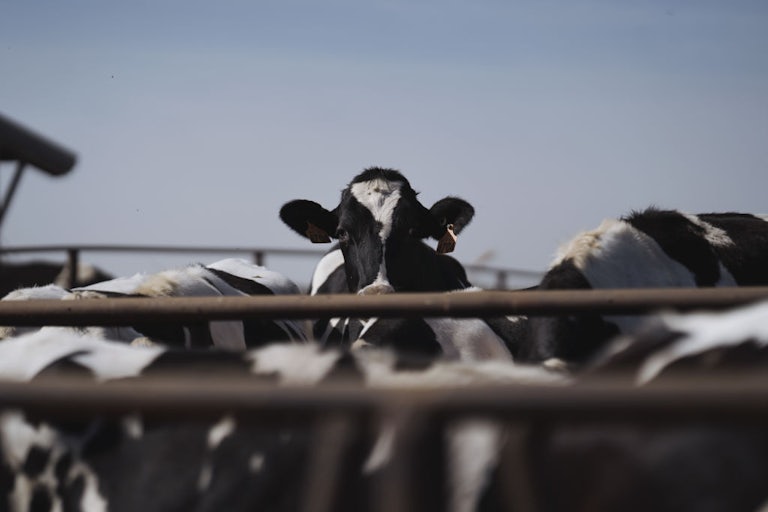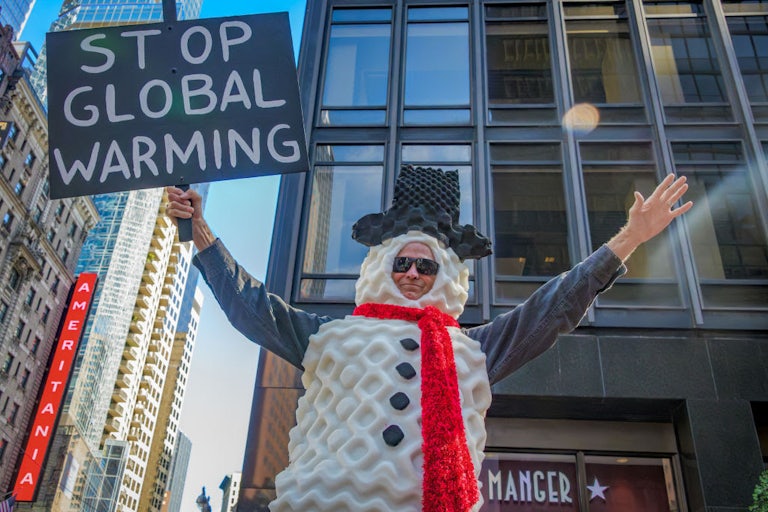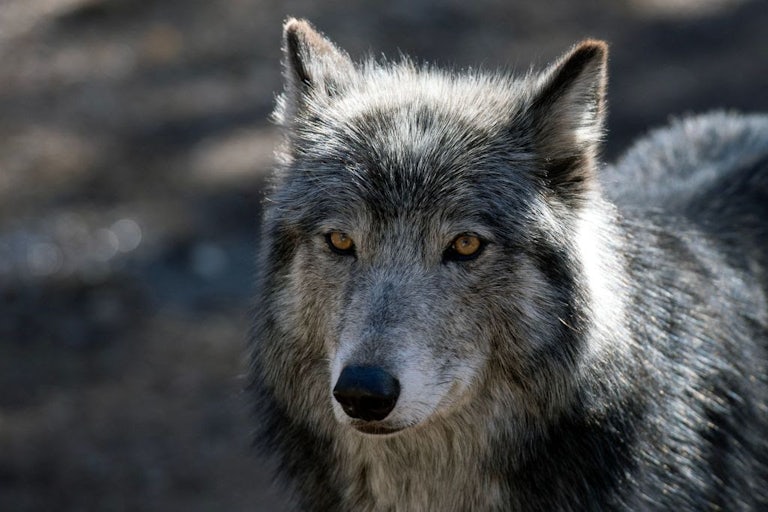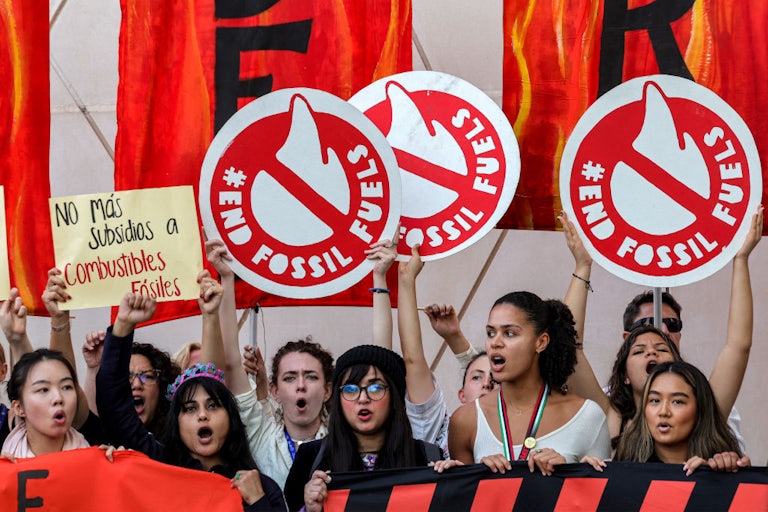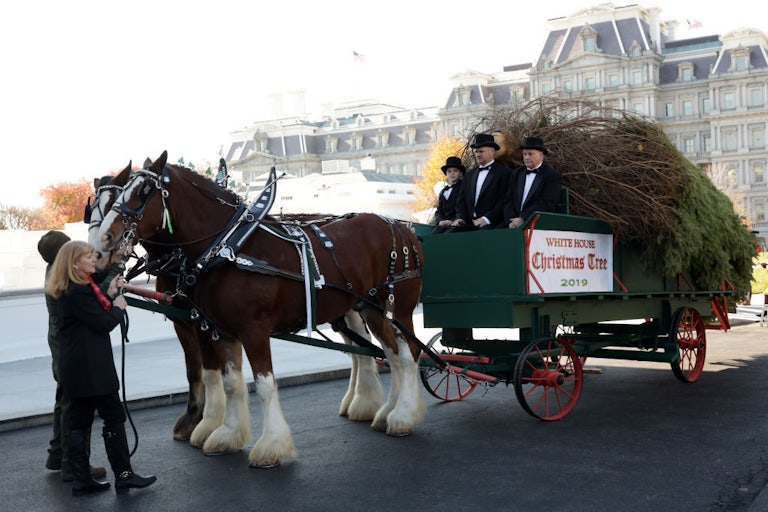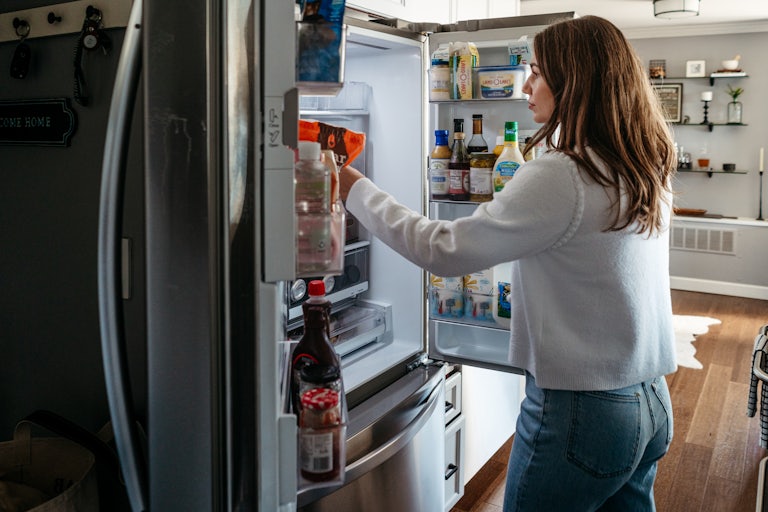Fixing American Farming Shouldn’t Be a Tough Sell
A sustainable food system could be worth up to $10 trillion a year. Meanwhile, Congress can’t even pass a new version of the farm bill.
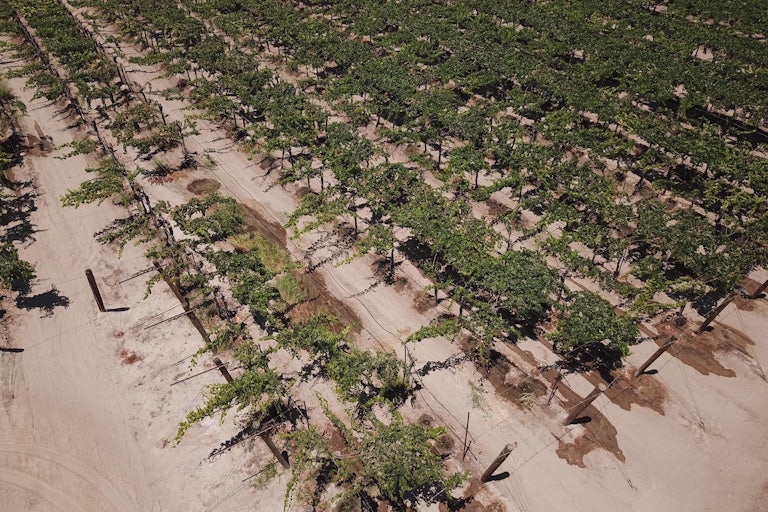
As The Guardian reported this week, the benefits of switching to a more sustainable food system could be astronomical: worth up to $10 trillion per year. Currently, the “unaccounted costs” of our global food systems come to about $15 trillion a year, meaning “our food systems are destroying more value than they create,” according to the Food System Economic Commission’s Global Policy report, which released its economic modeling on Monday. This is a fixable problem: We could move toward greater food security while reducing emissions and promoting biodiversity, and it would cost only a fraction ($200–$500 billion, i.e., around 5 percent) of the benefits that reform would generate. But the policy proposals that are currently on the table won’t get us there.
Sustainable agriculture experts may disagree on the precise proposals modeled by this report, which pairs relatively uncontroversial ideas (like conserving water, forests, and peatlands) with more hotly debated ones (like intensifying animal agriculture in some locations and getting comfortable with higher food prices). But few people really dispute that our current food systems need reform, whether globally or closer to home: From the multitudinous environmental, epidemiological, and ethical problems of meat production to toxic runoff and poor land use, to suicidal farmers and systematically exploited agricultural workers, to imminent water crises, American agriculture is way past the point where a rational observer would fail to see the glaring need for reform.
The Guardian’s report on the new economic modeling isn’t the only recent headline pointing to the crisis. Avian flu is also back in the news, spreading among poultry farms in California and leading to over a million birds being euthanized—all while the virus also makes devastating inroads into vulnerable wildlife populations in Antarctica. The virus was found in Antarctic seal populations earlier this month, and this week testing confirmed that the strain has moved to gentoo penguins, leaving over 200 penguin chicks dead, according to Reuters. Recent research has shown that while wild birds can and do spread the disease, it originated in an agricultural setting and spreads rapidly in poultry farms. And while some policymakers are apt to blame bird flu on Chinese agricultural practices, since the first cases were found in Southern China, it bears repeating that the United States has historically been and remains a conspicuous hot spot for swine flu.
Meanwhile, states relying on water from the rapidly drying Colorado River are “racing,” per The New York Times’ Christopher Flavelle, to agree on new water cuts before a possible change in presidential administrations leads to more bureaucratic delays. The vast majority of Colorado River water currently goes to agriculture, and, as E&E News’s Jennifer Yachnin observed this week, “ninety percent of this country’s winter vegetables are grown on farms in the sunny, arid corners of California and Arizona dependent on the river”—a figure that should trouble people worried about food security.
The recent Iowa caucus also offered a reminder, Tom Philpott recently wrote here at TNR, that absolutely all of the 2024 Republican and Democratic candidates support ethanol subsidies—despite the fact that ethanol is a wildly inefficient use of land. “We devote about 30 million acres of pristine farmland—an area the size of Virginia—to growing fuel for our cars,” Tom wrote, when solar panels could accomplish the same in vastly less space. Corn farming also leads to both erosion and rampant water pollution from fertilizers and pesticides.
All of which is to say that it’s a heck of a time for Congress to remain stuck in gridlock, unable to pass a new version of the farm bill—which, in case you’ve forgotten, also controls access to the country’s Supplemental Nutrition Assistance Program, or SNAP, which provides food stamps. Lawmakers were supposed to figure something out by October 1, and now negotiations are taking place in an election year. Naturally, a new version of the farm bill won’t be enough to fix American agriculture’s problems. But those concerned about the environment, food security, and inequality in this country will be watching these negotiations closely. Tweaks at the margins could affect a huge number of people and ecosystems—both in the U.S. and far beyond.
Good News/Bad News
![]()
![]()
Stat of the Week
> 200
That’s how many rail cars filled with vinyl chloride—the carcinogenic chemical that spilled during the catastrophic train derailment in East Palestine, Ohio, last year—continue to move across the country and through densely populated areas each day, according to a new report. The Washington Post notes in its write-up that Republican senators are resisting the Environmental Protection Agency’s attempt even to study the risks of vinyl chloride, denouncing it as a “war on plastic.”
What I’m Reading
Democrats Say Biden Hasn’t “Made the Case” on Climate Despite Achievements
Buried under the election-year analysis in the first half of this piece is a beautiful and important insight about what actually motivates people to care about climate policy:
“Like I said: When I hear climate, I think jobs,” Mr. Biden said. It is a line he has repeated in multiple settings.
Some data suggests that might not be the winning message.
One of the biggest climate marketing studies of its kind, a public opinion poll across the United States and 18 other countries that was conducted last summer, found that “protecting the planet for the next generation” overwhelmingly beats out other arguments for taking climate action. Researchers found the so-called “urgent generational message” was 12 times more popular than the promise of creating jobs.
“At the heart of this is love,” said Anthony Leiserowitz, director of the Yale Project on Climate Change Communication, which conducted the study with other nonprofit groups including Potential Energy Coalition, the Meliore Foundation and Zero Ideas.
“People love particular people, places and things,” Mr. Leiserowitz said. “And those people, places and things are being threatened.”
Read Lisa Friedman’s full report at The New York Times.
This article first appeared in Life in a Warming World, a weekly TNR newsletter authored by deputy editor Heather Souvaine Horn. Sign up here.


